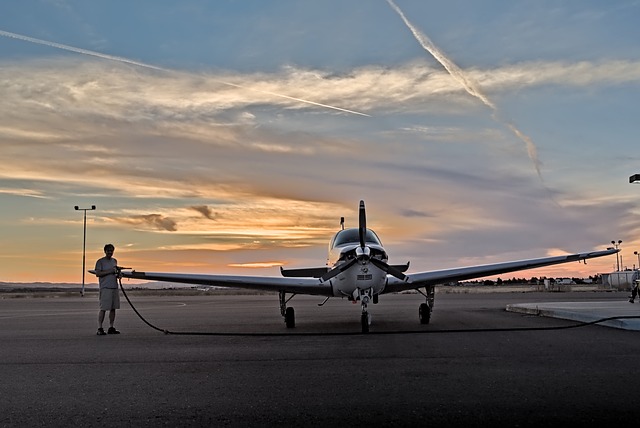Table of Contents
The aviation industry has long been a significant contributor to greenhouse gas emissions, but a promising solution is taking flight—Sustainable Aviation Fuel (SAF). This groundbreaking innovation holds the potential to revolutionize air travel by reducing its carbon footprint. In this article, we&8217;ll explore the concept of SAF and its potential to transform aviation into a more sustainable mode of transportation.
Understanding Sustainable Aviation Fuel
Sustainable Aviation Fuel, often abbreviated as SAF, is a renewable and low-carbon alternative to conventional jet fuel. Unlike traditional aviation fuel, SAF is produced from sustainable feedstocks and is designed to minimize its environmental impact. Here are three key aspects to understand about SAF:
- Feedstock Diversity: SAF can be derived from a variety of feedstocks, including agricultural residues, used cooking oil, algae, and municipal waste. This diversity allows for flexibility in production and reduces competition with food crops, addressing ethical and environmental concerns.
- Reduced Carbon Emissions: One of the primary benefits of SAF is its potential to significantly reduce carbon emissions. When burned, SAF emits fewer greenhouse gases compared to traditional jet fuel, making it a crucial component in the aviation industry&8217;s efforts to combat climate change.
- Compatibility with Existing Aircraft: SAF can be blended with conventional jet fuel and used in existing aircraft without any modifications. This compatibility allows for a seamless transition to more sustainable aviation practices.
The Advantages of Sustainable Aviation Fuel
The adoption of Sustainable Aviation Fuel carries numerous advantages, not only for the environment but also for the aviation industry itself. Here are three key benefits:
- Emissions Reduction: The aviation sector is responsible for a substantial portion of global carbon emissions. SAF&8217;s lower carbon footprint helps airlines and the industry as a whole meet emission reduction targets and align with international climate agreements.
- Enhanced Reputation: Airlines that prioritize sustainability by using SAF can improve their public image and attract environmentally conscious travelers. This, in turn, can lead to increased passenger loyalty and a competitive edge in the market.
- Regulatory Compliance: Many countries and regions are implementing stricter emissions regulations for the aviation sector. SAF allows airlines to comply with these regulations while continuing to operate efficiently.
Challenges and Future Prospects
Despite its promise, the widespread adoption of Sustainable Aviation Fuel faces challenges on multiple fronts. Here are the key obstacles and future prospects for SAF:
- Production Scaling: Currently, the production of SAF is limited, and it remains more expensive than traditional jet fuel. To make SAF economically viable, there is a need for increased production capacity and cost reduction through technological advancements.
- Feedstock Availability: The availability of sustainable feedstocks for SAF production can be inconsistent and subject to price fluctuations. Expanding the range of feedstocks and investing in feedstock development can address this challenge.
- Global Collaboration: The successful adoption of SAF requires cooperation among governments, airlines, manufacturers, and research institutions. Global initiatives and policies that support SAF development and deployment are crucial for its long-term success.
Conclusion
Sustainable Aviation Fuel represents a significant step toward greener skies and a more sustainable aviation industry. By reducing carbon emissions, enhancing reputations, and ensuring regulatory compliance, SAF offers numerous advantages to airlines and the environment alike. Although challenges exist, continued research, innovation, and collaboration hold the promise of a future where air travel can be both convenient and environmentally responsible. As the aviation industry sets its sights on sustainability, the adoption of SAF may well become a defining moment in the journey toward a more eco-friendly future for air travel.
